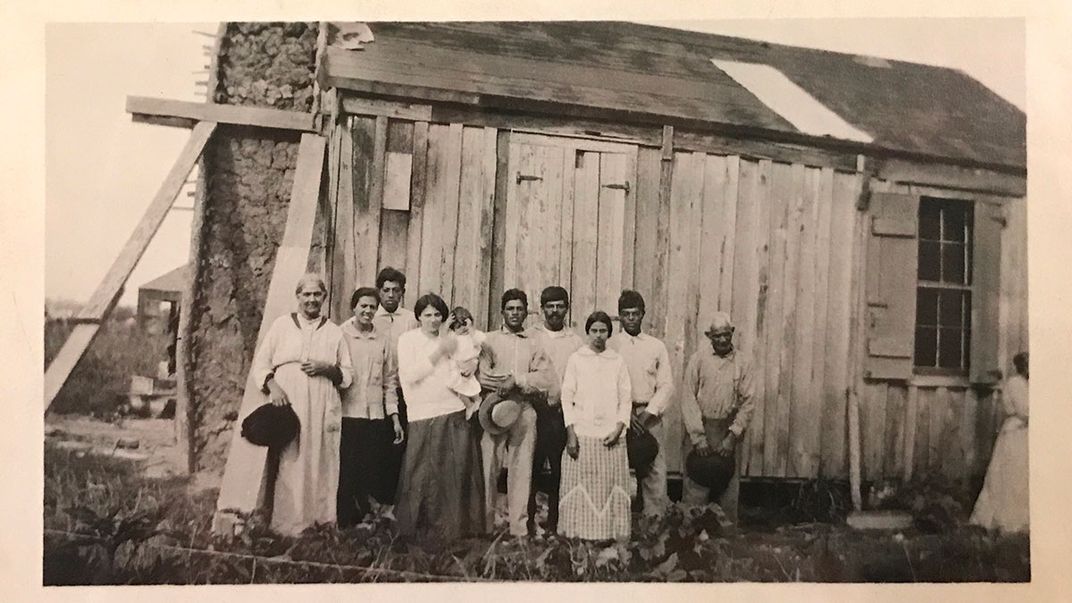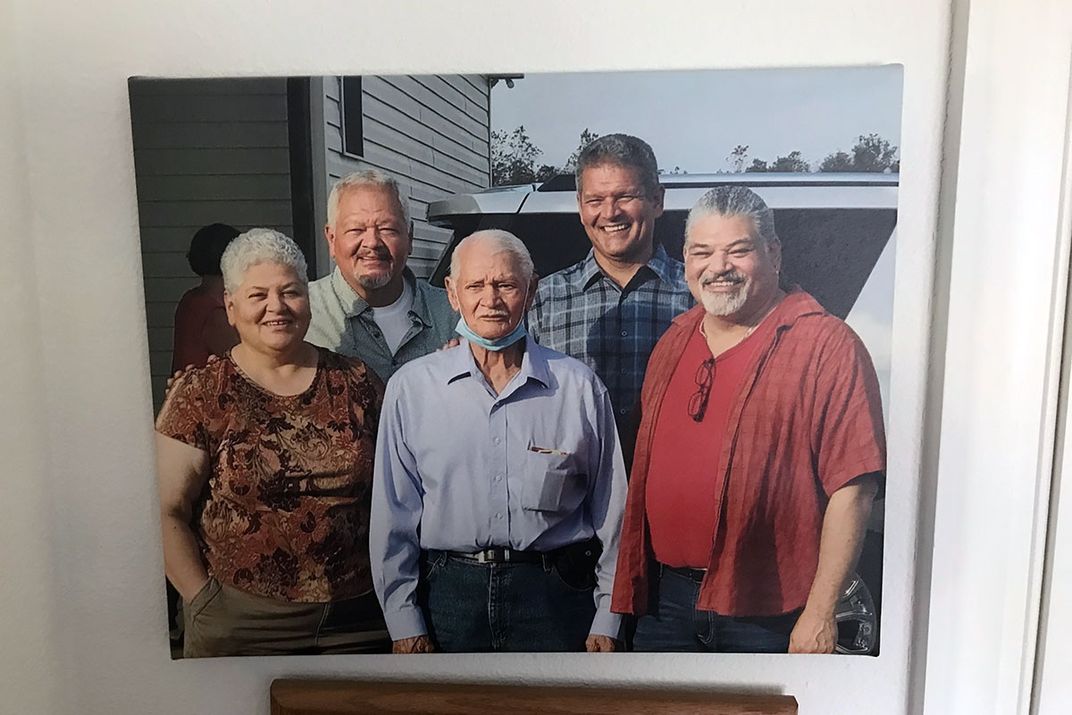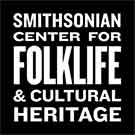SMITHSONIAN CENTER FOR FOLKLIFE & CULTURAL HERITAGE
How I Visit with Houma Relatives in the Smithsonian’s Archival Collections
When I visit the Smithsonian’s National Anthropological Archives, I always try to view the same item: NAA.PhotoLot.76, Houma collection.
:focal(600x400:601x401)/https://tf-cmsv2-smithsonianmag-media.s3.amazonaws.com/filer_public/8b/40/8b401b39-6d1d-48a7-98ed-05ce7f4bce87/naa-photolot-76-148.jpg)
When I visit the Smithsonian’s National Anthropological Archives in Suitland, Maryland, I always try to view the same item: NAA.PhotoLot.76, Houma collection. The folder contains forty-one images taken by anthropologist and folklorist John Swanton in 1907 during a research trip as part of the Bureau of American Ethnology of Indigenous communities in the Southeast.
The Houma—“red” in Chickasaw, Chocktaw, and the reconstructed ‘Uma language—are one of a few state-recognized tribes who have historically relied on and inhabited the fresh and salt waterways of coastal Louisiana after migrating from northwest Mississippi, down the Mississippi River near present-day Angola Prison, and then to Baton Rouge before dispersing into the delta parishes. I am a member of the United Houma Nation and co-founder of the Houma Language Project. I also manage programs for the Smithsonian’s Language Vitality Initiative and help other heritage researchers navigate the institution’s archival holdings. For me, the archive’s Houma folder is special, as it contains images of families, architecture, water, and landscapes of Golden Meadow, Larose, and other important bayou-area memories of my community history. area memories of my community history.
I have seen these photos hundreds of times. Even when I visit the archive for other materials, I start my visit by requesting that box. It is comforting to have them on the desk. The photos feel like relatives.
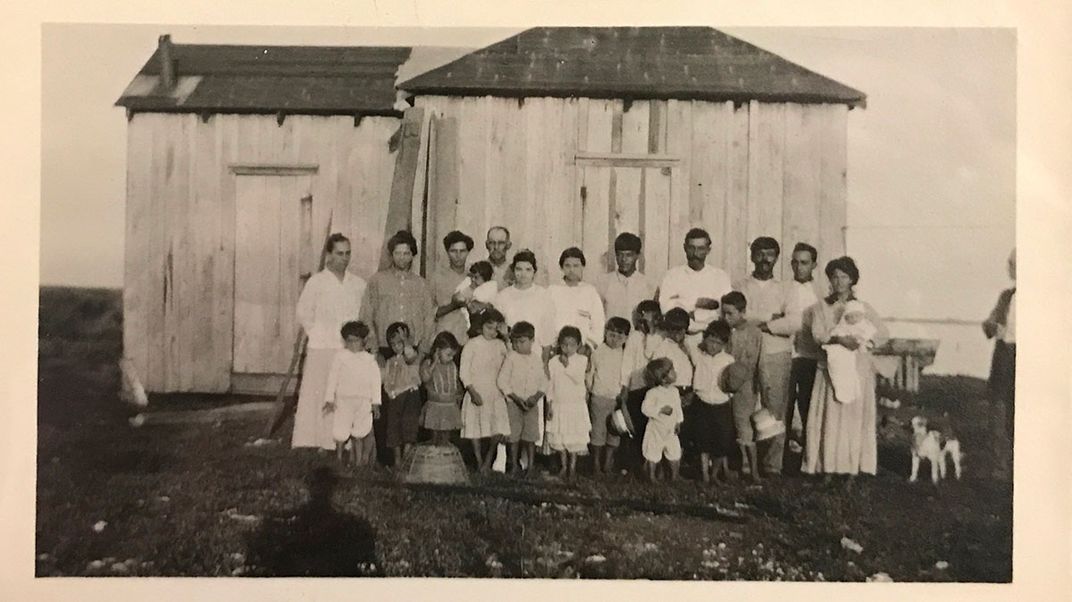
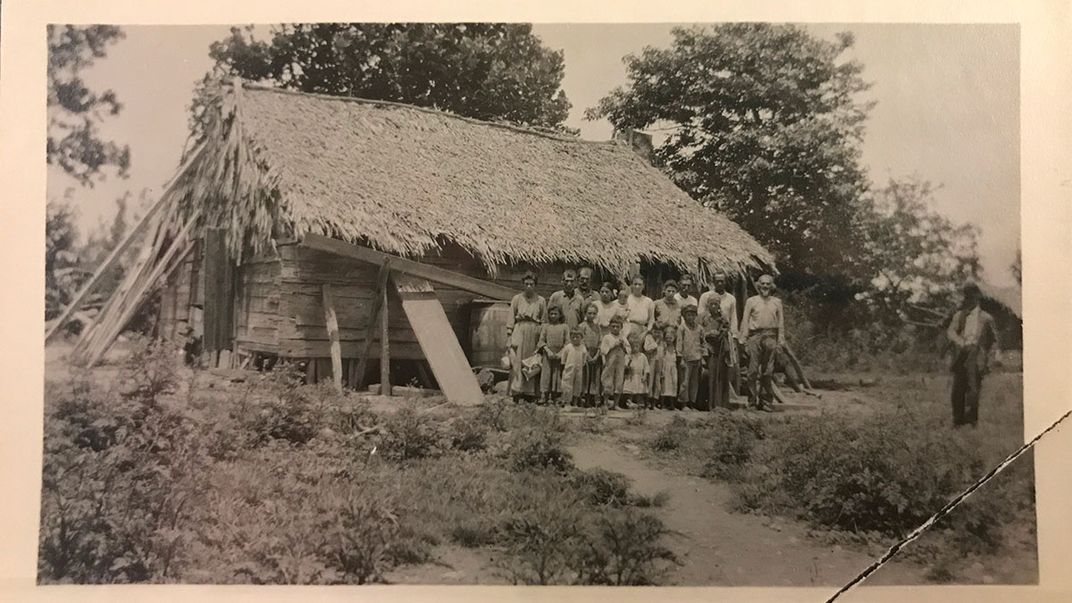
Visiting with these relatives in the archive feels different than visiting them in other settings. I have made digital copies of these photographs because I was given permission to do so, but the digital copies are low quality and hold less emotional value than the archival prints.
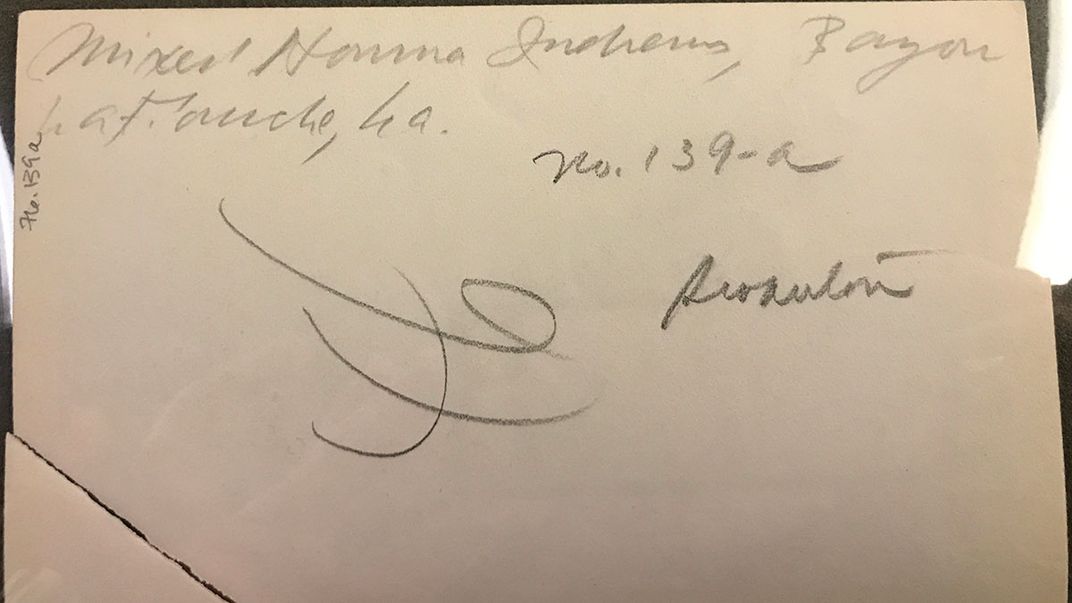
But digital copies are more portable, and I use them in community art and memory gathering. At a family gathering, I set a slideshow of the NAA.PhotoLot.76 collection on repeat on a television for my relatives. Our conversations connected the landscapes in the photographs to the present and began conversations about cultural memory. The topics and thought patterns that surfaced on that day, while engaging with the images at home with my family, are different than what surfaced during visits to the same photos in the archive.
The conversational setting at home contrasts, and thus amplifies, the archive’s institutional environment. All archival reading room experiences remind me of visiting a relative at the hospital, a memory-care facility, or some other place where there is forced visibility. The idea of having these personal visits in public feels uncomfortable. It feels weird. It makes me wonder why I feel the need to view the originals in the archive when I have digital copies. I am lucky to have digital access, and I can think about archival access as a choice. Despite this choice and my discomfort, I still feel compelled to visit these physical photographs any time I am at the archive.
To me, the physical photographs are watermarks of an original idea, the idea of taking a photo to preserve a moment. Every photo captures a moment of agreement on an idea, just like in 1907, when a couple groups of people in my community agreed to the idea of capturing a moment in their lives, creating photos that I can engage with today. They gathered their babies and assembled themselves in front of Swanton’s camera.
The Smithsonian believed in Swanton’s research and paid for the film to be processed into negatives. Swanton and his team liked the idea of preserving the collection of these moments enough to turn the negatives into easily accessible prints. They used a pencil to write notes, titles, and clues to the original arrangement on the back of each print in cursive. Then, an archivist also liked the idea of preserving these moments, so they wrapped the prints in protective cases and documented the metadata into a searchable system.
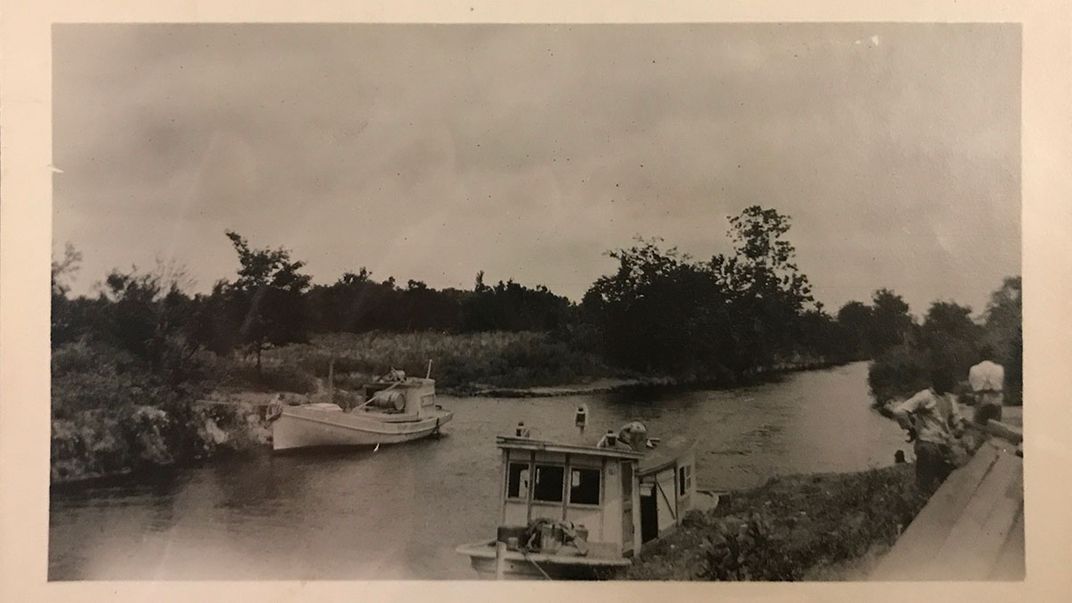
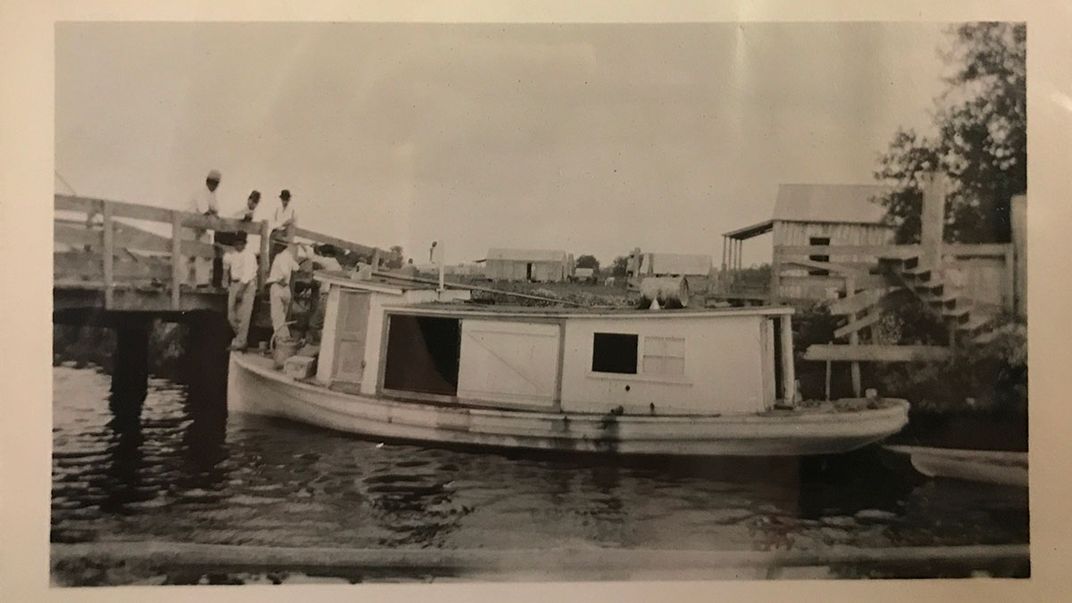
To me, it’s important to tap into this intergenerational and cross-disciplinary idea of preserving the record of these moments. The importance of this idea created momentum for these prints to survive over one hundred years among competing ephemera. Pulling the box of this collection is an act of getting as close as possible to my relatives’ creative act of documenting a moment. The process of accessing and holding the prints in NAA.PhotoLot.76 is an act of stewarding the momentum of the idea to preserve. That momentum is important to me.
There is also a bit of sadness every time I visit this collection. The photos may go years before someone else visits with them and considers their idea. The moment I place them on the archive’s viewing table could be their last outing for the next decade. Requesting to view this collection can feel like visiting someone in a nursing home, knowing you may be the only visitor of the day. It almost feels rude to be in the archive, so close to them, and not pop in for a quick hello.
If visiting is a form of care, I need to visit to continue the procession of care. I understand that the ethos behind my visitation goals conflicts with the goals of a stable archive, where unnecessary handling is minimized to ensure the survival of physical materials across time. Is my access necessary? Even with the greatest care, is my enrichment worth the wear on the collection? My items are one of many folders within the box of Swanton’s vast photo collection. What undue micro stress are my additional two to three visits putting on the photographs of my alphabetic-neighboring community records? It is a conflicting practice within me.
I always expect more from these visits to NAA.PhotoLot.76. I have an unrealistic belief that the people in photographs will break their poses and stare me in the eye the same way Jim Halpert does in the television show The Office. Jim’s knowing stare into the camera helps the viewer feel like they are united with Jim in whatever incredulous, ridiculous, chaotic situation he finds himself in within his organization. I want the people in the photographs to look at me and say, “I'm here too, my dude. What you are feeling must seem ridiculous, and we are going to get through this together.” But they have yet to do that, no matter how hard I stare. Maybe I am their “Jim,” staring through the polypropylene sleeve and relieving the family’s burden of isolation.
In my visits, I see relatives in what is generally only categorized as a photograph. Maybe I find value in knowing they have a witness. Simply placing the box on the research desk can feel like a relief from loneliness.
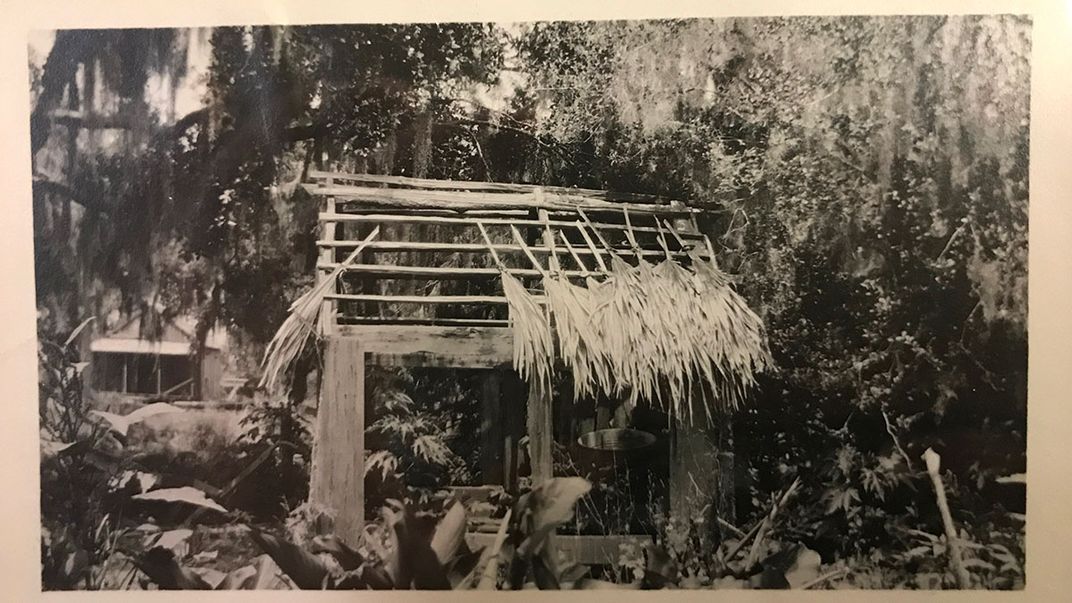
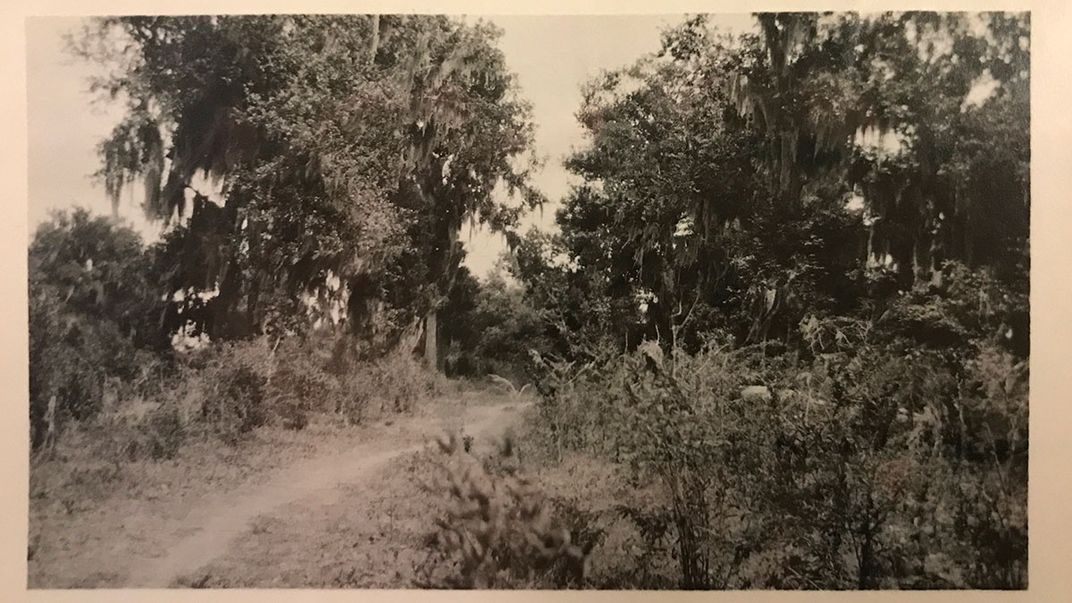
Understanding the feelings surrounding archival access is relevant to all archives. My experience with NAA.PhotoLot.76 helps me empathize with other people who race through the same feelings when they contact resources from their own community in the unfeeling, institutional environment. This empathy is something useful not only for personal connections but also my role within the Smithsonian. As part of the Smithsonian’s Cultural Vitality Program, I run the Language and Archives Mentorship Program where I assist individuals in accessing heritage materials and other Smithsonian resources to further their ongoing community language projects. I can sympathize with people when they relate to the momentum of encountering relatives’ ideas of documenting moments.
Attuning to this sympathy is a common skill, but I wish there was more room for these feelings in archival planning. Sometimes it can feel like the entire archive experience is designed to provide comically isolated experiences. The rooms are organized for silence in complete public view. Visitors stifle the sounds of paper, gently cough with great hesitance, and live out core memories of elation, sorrow, and the depths of cultural loss in public archival reading rooms across the world. I know I am not the only one who has quietly cried in the reading room and worried if my grief and tears were too disruptive. How would the design of archival access change if there were a focus on visitors connecting with their living peers?
I recently moved back home from Washington, D.C., and now live closer to the landscape in the photos than the paper remnants held in the archive. Looking back, I’m immensely grateful I was able to visit NAA.PhotoLot.76 as often as I did.
